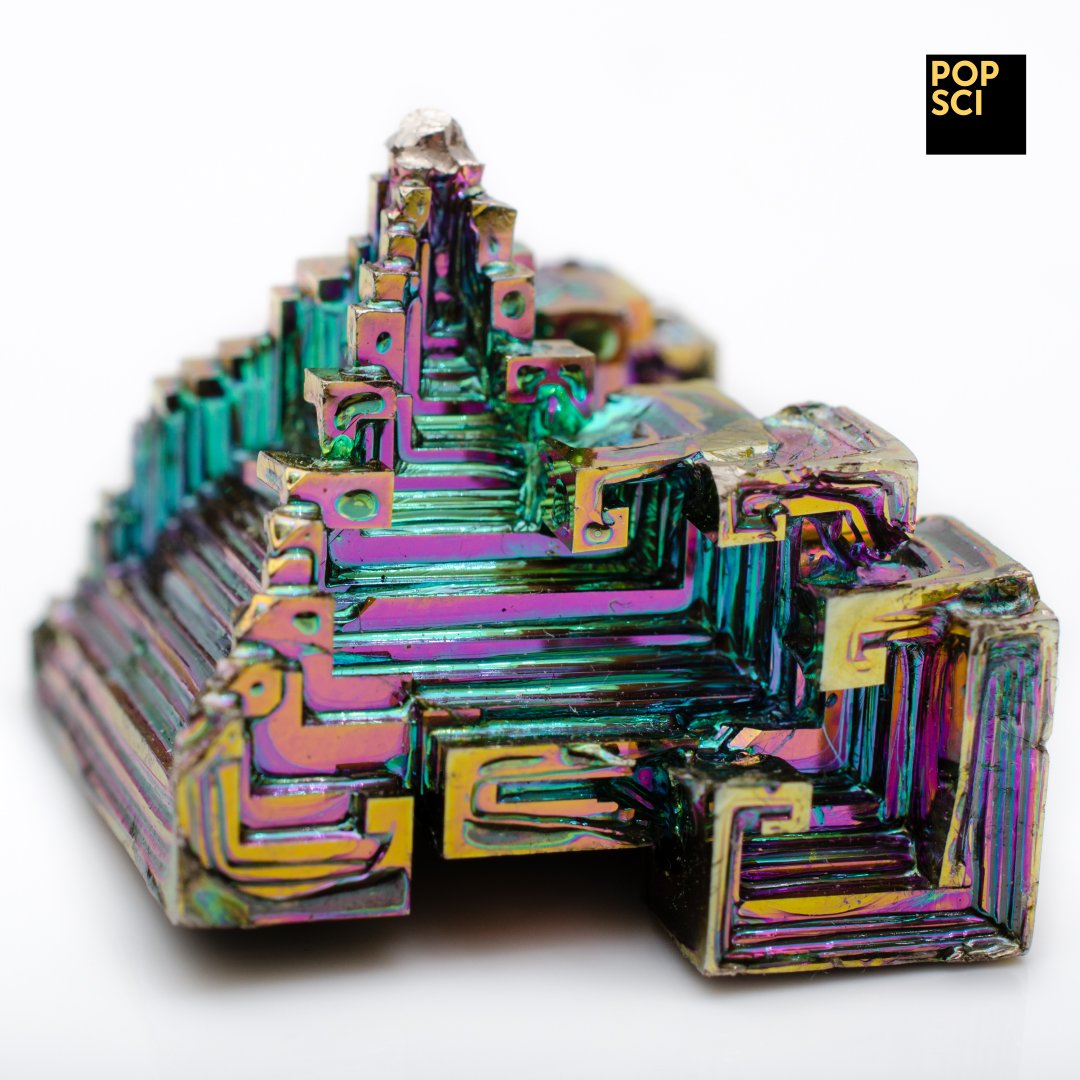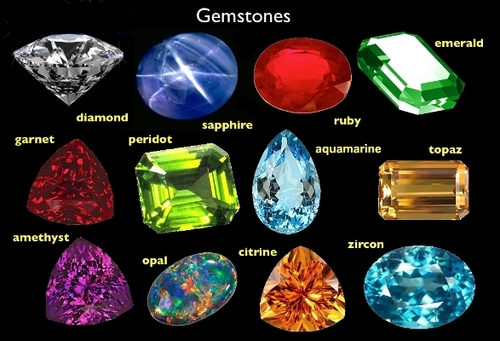
^ California Government Code, §§ 420-429.8.^ "State of Arkansas Secretary of State".Arizona Mining, Mineral and Natural Resources Education Museum. ^ Arizona Facts, Office of the Governor, January 2015, retrieved.^ "State of Arizona Secretary of State".Alabama Department of Archives & History. The drive to name coal as an official state symbol was initiated by a high school student from Wharncliffe, West Virginia, who initiated her project at a school fair and collected 2,500 signatures on a petition that was submitted to legislators. West Virginia joined Kentucky and Utah, which also recognize coal as a state mineral or rock.


The bill did not reach a final vote and died in committee at the end of August 2010. Geologists have rallied to oppose the bill, arguing that there is no way to be harmed from casual exposure to serpentine. Organizations such as the Asbestos Disease Awareness Organization have supported the move as the olive green rock is a source of chrysotile, a form of asbestos that can cause mesothelioma and other forms of cancer. Romero, a Democrat from Los Angeles, sought to remove serpentine from its perch as the state's official stone. A 2010 effort led by State Senator Gloria J. ^ In 1965, California became the first state to name an official state rock.Jade has a somewhat greasy sparkle, as if it were covered in oil. Some minerals like gold have a brilliant metallic sparkle, while others like quartz have a glassy sparkle. Sparkle is the twinkle and reflection of light on a mineral. A mineral may come in a wide variety of colors, but the color of its streak almost never changes. The streak is a powdery line left by a mineral when it is scraped on a porcelain plate. If the color of a mineral is not always a reliable clue, the color of its streak is. On the other hand, minerals like quartz come in a wide variety of colors, including white and pink. Some minerals can be easily identified by their color.

Pyrite’s internal structure is the shape of a cube, while the form of the emerald is hexagonal, or six-sided. Silver crystals have an arborescent form, which means they resemble tree branches. Many minerals can be identified according to their outer appearances or internal structures. Quartz, for example, is sometimes completely transparent, that is, one can see through it. A diamond, for example, is so hard that it can only be scratched by another diamond!Ī mineral can be identified by its transparency. Some minerals like talc are soft and can be scratched with a fingernail. It is possible to identify a mineral by its hardness. To identify and classify the minerals in rocks, geologists examine a number of features, such as hardness, transparency, form and structure, color, streak color, and sparkle. Geologists are scientists who study the materials that make up the planet.


 0 kommentar(er)
0 kommentar(er)
